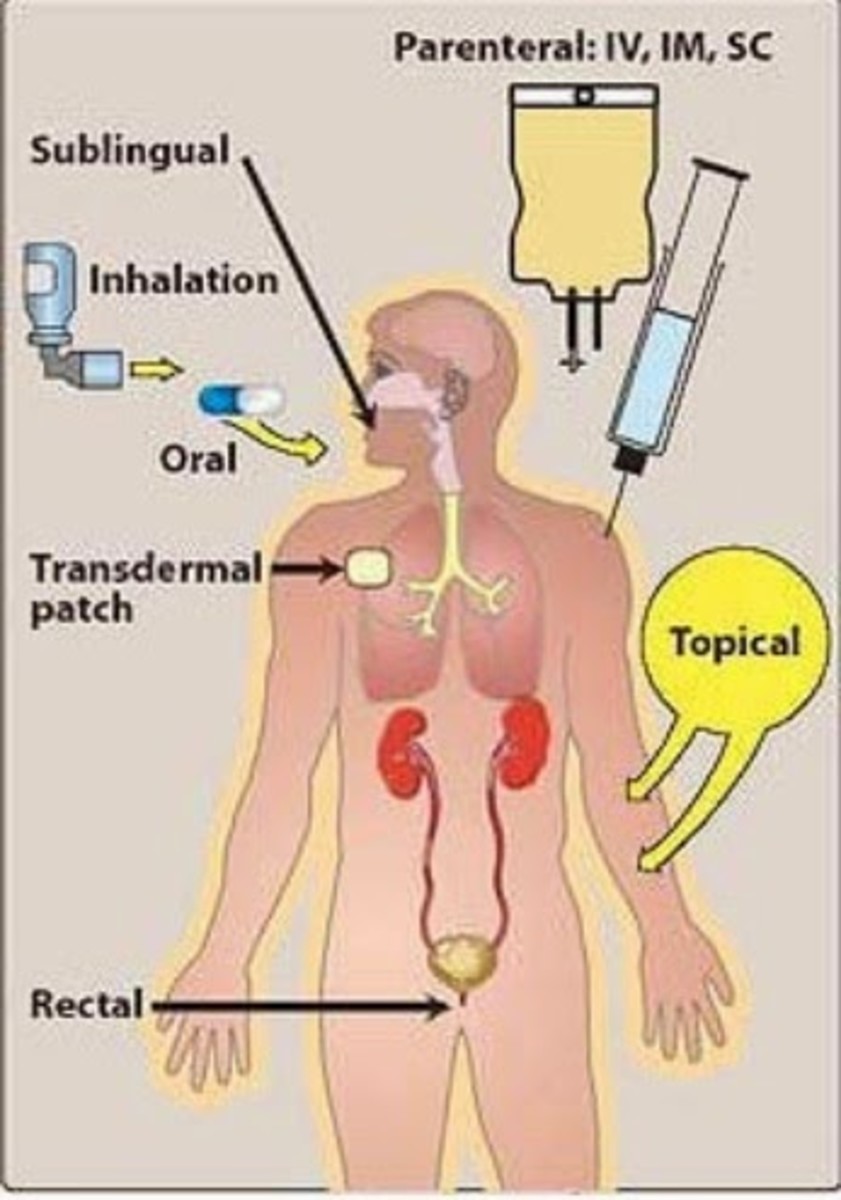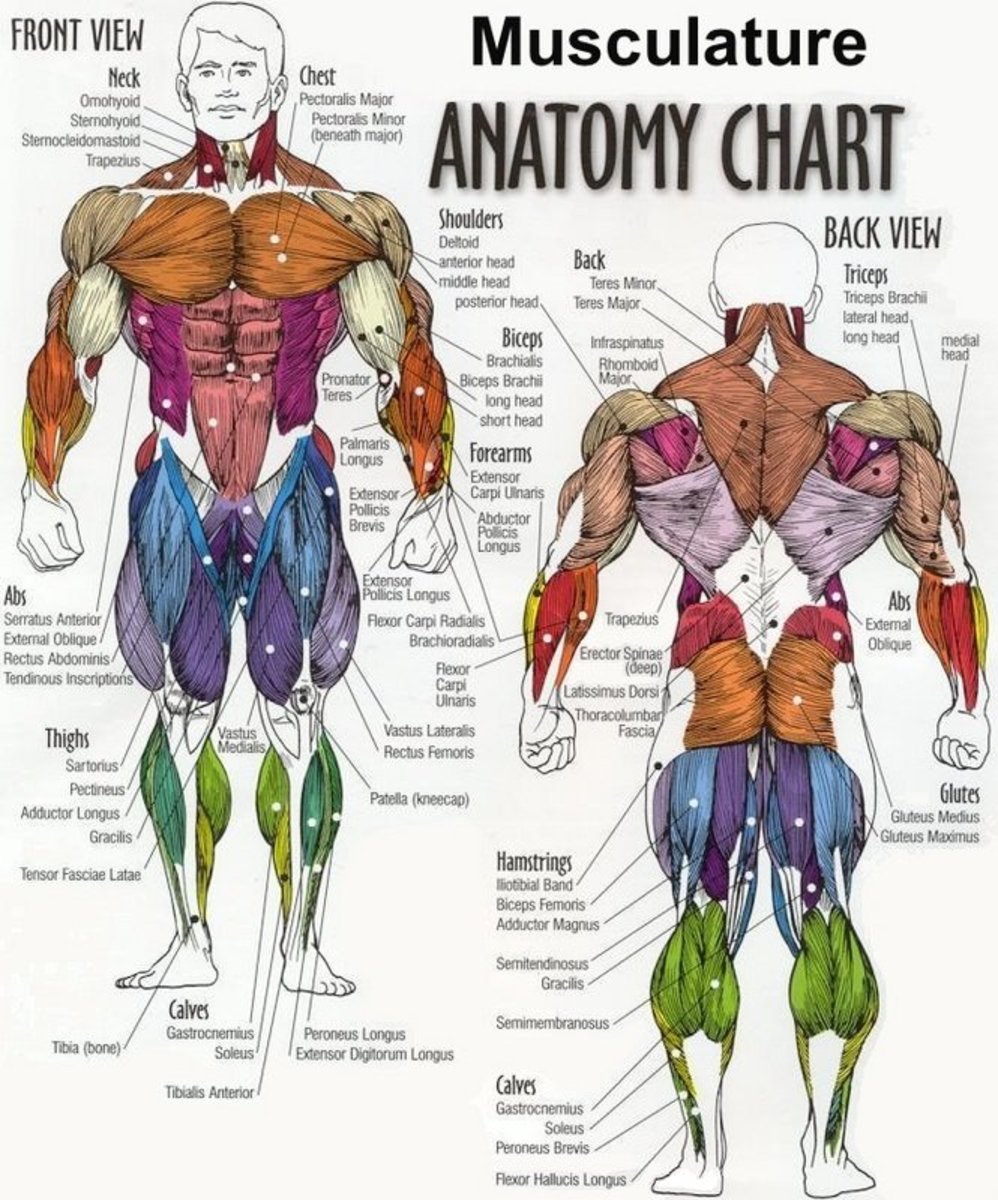Aptamers as Therapeutic Agents
Definition of Aptamers
Synthetic, short, single stranded, oligonucleotides (DNA/RNA), which have a capacity to bind to a large number of target molecules, with high affinity and specificity are known as aptamers. Their targets range from small molecules like proteins, aminoacids or drugs to cell or tissues.
The significance of aptamers as therapeutic agents has been well recognized since the last two decades. Aptamers are bestowed with certain unique characteristics, like short size (40-50 nucleotides in length), high affinity to the target (Kd or the dissociation constant lies between 10-12 to 10-9), organized secondary or tertiary structures (which allows an easy modification of structures enhancing their in vivo applications) and decreased/ absence of immunogenicity.
Synthesis of Aptamers
Aptamers are synthesized from a library of (1015) random oligonucleotides through the process known as SELEX (systematic evolution of ligands by exponential enrichment). The basic purpose served by this procedure is the enrichment of DNA/RNA molecules, which specifically bind to the target ligands. This process was independently designed by Robertson and Joyce, Ellington and Szostak and Tuerk and Gold in 1990 (Meyer, 2011). The main steps of this process involve the selection of those nucleic acids, which bind specifically to the target, followed by partitioning and amplification of the binding partners. These steps are repeated a number of times to obtain an aptamer with high specificity and affinity. Each aptamer so obtained can be cloned and examined for their binding properties.
- July 31st, 2012 - Life Science Saga
Learn more about aptamers, their mechanism of generation and the procedure used by SELEX to convert them into potential therapeutic agents from the tutorial available at the above link.
What makes an Aptamer an Excellent Therapeutic Agent?
The dissociation constants of aptamer-target complexes are low in picomolar range, similar to those of antibodies and can bind to a large variety of targets. Due to some exceptional features, aptamers overpower antibodies and act as better therapeutic agents in few cases. These features are as follows:
- Aptamers are generated through a completely automated process and their selection is made under in vitro conditions, which makes chemical modifications of aptamers very easy.
- Apatamers can target non immunogenic agents also unlike antibodies.
- Apatamers are highly stable (almost infinite) and hence packaging and shipping of aptamers is not a problem to be considered. They can even be stored at room temperatures.
- The extraordinary specificity of aptamers towards their molecular targets is so high that they can even distinguish between two proteins which are related and having same structural domains. For example, aptamers capable of distinguishing between different isoforms of protein kinase C were designed.
- Apatamers do not produce an immune response of any type (Meyer, 2011). They are very small in size and similar to endogenous molecules, hence making them incapable to act like antigens.
- The time required to generate an aptamer generally varies between 1-2 years, whereas to identify a target and generate a specific antibody against it, at least 4-5 years are required in today’s small molecule world.
- Protein-protein interactions can be disrupted by aptamers.
- The pharmacokinetics of apatamers can be modulated and they are very less toxic under physiological conditions.
- Apatamers can be administered subcutaneously (Carlson, 2007).
- They get well adapted to both intracellular and extracellular environments.
The first aptamer drug was designed in 2004 against age-related macular degeneration (AMD) disease. This RNA aptamer to be used as drug was named as Macugen (Meyer, 2011).
The Journey of an Aptamer from Ligand to Therapeutic Agent
After obtaining an aptamer from the SELEX process, it has to be tested for its various pharmacokinetic properties and bioavailability under physiological conditions. To increase their stability in plasma and to protect them from the action of various endonucleases and exonucleases, the backbone of an aptamer is subjected to different modifications. The size is minimized to the maximum level, so that the chemical synthesis of aptamers can be done cost effectively. However the affinity towards target is not compromised when the size of an aptamer is reduced. The clearance of an aptamer through kidneys becomes easy when the size is minimized.
Presently aptamers are being designed against a large number of targets (for example, antiviral, antibacterial, anticancer, antiangiogenic aptamers). The use of aptamers as drugs is advantageous because its action can be inactivated or antagonized using an antidote molecule. This antidote molecule is synthesized based upon Watson and Crick’s base pairing principle (Dua, 2008). As aptamers are associated with a large number of positive features, these molecules are being heavily researched by scientists so that they can reach a common man at affordable price.
References
1. Carlson, B. (2007). Aptamers : The New Frontier In Drug Development?. Biotechnology Healthcare.
2. Dua, P., Kim, S., & Lee, D,K. (2008). Patents on SELEX and Therapeutic Aptamers. Recent Pat DNA Gene Seq, 2(3), 172-86.
3. Meyer, C., Hahn, U., & Rentmeister, A. (2011). Cell-Specific Aptamers as Emerging Therapeutics. J Nucleic Acids, 904750.





